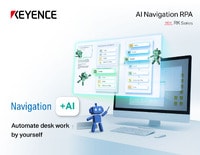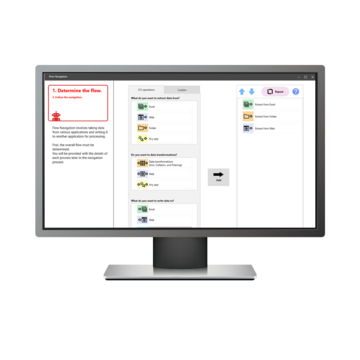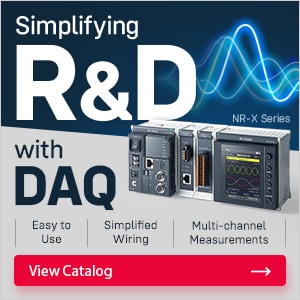RPA (Robotic Process Automation)
SANKEN SETSUBI KOGYO CO., LTD.

KEYENCE RK Adopted as the Core of Our Building Management System Development. We truly feel that RK is the optimal tool for performing regular, repetitive tasks without errors.
Sanken Setsubi Kogyo Co., Ltd. adopted KEYENCE's RPA (Robotic Process Automation) tool, RK, as the core of the building management system they are developing as a new business venture. They have found it particularly useful for handling the most labor-intensive parts of system construction, such as data acquisition and integration. We spoke in detail with Mr. Sakakibara, Project Manager of the Technology Headquarters overseeing the launch of this new business, as well as Mr. Aung and Mr. Mortez from the same headquarters' Production Systems Group, who are involved in system development and construction, about the background of RK implementation, usability, and their evaluation of the ongoing support.
About the Company
SANKEN SETSUBI KOGYO CO., LTD.
Founded in 1947, Sanken Setsubi Kogyo is a facilities engineering company specializing in the design, construction, and maintenance of environmentally conscious HVAC systems, plumbing, and electrical installations. As an independent subcontractor, it offers optimal proposals free from manufacturer constraints and receives inquiries from a wide range of clients. The company handles equipment installations in various buildings—from small to medium-sized offices and facilities to landmarks such as Tokyo Big Sight, the National Stadium, Chubu Centrair International Airport, and Sapporo Dome.
We’re here to provide you with more details.
Reach out today!
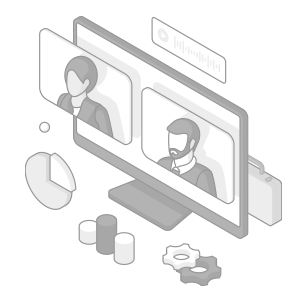
Utilizing RK as the "Core" of Our New Building Management System
Please Tell Us About the Status of Your RK Deployment
Currently, our Technology Headquarters is developing a new project called "BUP"*1. RK plays a vital role as the "core" of this new business. Specifically, it connects the "Central Monitoring System"*2 and "BIM"*3.
The "Central Monitoring System" records and accumulates various data from building equipment daily. By effectively linking and visualizing this data with BIM, we can easily and precisely understand the status of each piece of equipment—this is a major advantage of "BUP." We are leveraging RK to build this innovative building management system.
Once completed, this system will enable highly accurate statuses for equipment such as "This equipment has a short operating period, so no replacement necessary," or "This equipment is used frequently, so it should be replaced." It will also allow us to retrieve the latest data early in the morning by performing data collection overnight. We expect building owners and management companies will greatly appreciate the ability to easily perform efficient, waste-free maintenance.
The development is being carried out at our Saitama Technology Center, and the current completion rate is over 60%.
*1 BUP…BIM Unification Platform
*2 Central Monitoring System…A device embedded in the building that monitors and records the operation and malfunctions of HVAC, electrical, and plumbing systems.
*3 BIM…Building Information Modeling. A construction system that adds data such as specifications, costs, and usage to 3D CAD models.
Deciding to Implement RK With Free, Comprehensive Support
Please Tell Us About the Background of RK Adoption
The starting point was our desire to create the new building management system "BUP" I mentioned earlier.
Many existing "Central Monitoring Systems" installed in Japanese buildings are cumbersome when extracting data. They are often standalone, with no APIs available, making external access impossible. While some systems allow easier data retrieval, our equipment has evolved uniquely, making such systems difficult to adopt here.
We thought that there would be significant interest in developing a system to automatically acquire and visualize data from the central monitoring system.
To realize this, we considered using RPA tools as the most effective solution. After researching online and through recommendations from other departments, we shortlisted several RPA options. Based on the discussions, we decided to go with KEYENCE's RK.
What Was the Deciding Factor in Choosing RK?
It was the support. The free, comprehensive support that accompanies RK, which allows us to learn how to use it thoroughly from the basics, and the expectation that it would help improve our employees' technical skills, were key reasons.
For reference, Mr. Sakakibara has been receiving support since November last year, Mr. Aung since March this year, and Mr. Mortez since April, each through separate support programs.
Impressed by Detailed Lectures, Precise Advice, and New Ideas
Please Share Your Evaluation of the Support You Received
We rate it very highly. KEYENCE's support staff provided four remote sessions for each of our core users, with careful explanations. The instructions were very easy to understand, and we quickly learned the basics of operation. During these remote meetings, they also assign us homework, which we submit and review in subsequent sessions, deepening our understanding.
Additionally, we studied using example videos and e-learning materials on the support site. We believe this approach makes it possible for anyone to master RK.
Did You Also Consult With Support on an As-Needed Basis Besides Regular Remote Meetings?
Yes. Not very frequently, but we do consult when needed. For example, we attached scenario files (RK automation scripts) to emails for direct review and received new ideas. When we saw the revised scripts, the number of steps were reduced from eight to three, which was very helpful. The response speed is also quick, which we appreciate.
What Are the Attractions of RK as a Tool, and Tips for Mastering It?
Please Tell Us What You Feel RK’s Strengths Are After Using It
We see three main advantages of RK:
- Visualized Scenarios: RK scenarios are represented as blocks with color coding, making the logic visually clear. This makes it easy to understand during creation and review.
- User-Friendly Scheduling and Repetition Functions: Setting execution schedules and repeating similar tasks are very simple. This is especially suitable for tasks like extracting complex data from the central monitoring system every night, as in our "BUP" project.
- Creating Accurate Scenarios Prevents Errors: Data acquisition from the central monitoring system requires detailed configuration of operational information. Manual handling often leads to mistakes. However, with RK, if you create a proper scenario initially, it can perform hundreds of repetitions without errors. Its accuracy is a significant advantage we’ve experienced.
From a Seasoned User’s Perspective, Please Share Tips for Mastering RK
Learning these four core functions, scheduling, looping, conditional branching, and try-catch*4, will allow you to accomplish almost anything with RK. I recommend starting by mastering these four features.
*4 Try-catch…A function that predefines how to handle exceptional events that occur during scenario execution.
RK as a Bridge Between Old and New Systems
Which Types of Companies Would You Recommend RK to?
I would recommend RK to companies that operate standalone software disconnected from networks or companies with outdated software. Many companies still rely on outdated software, which often leads to dependence on specific personnel.
Even in these environments, RK can help standardize processes. Instead of continuing to use old software as-is, automation can eliminate manual tasks, reducing hassle and effort. In that sense, RK can be seen as "a connector between old and new systems."
Plans to Showcase a New Business Incorporating RK in 2025
Please Tell Us About Your Future Plans for RK
First, our goal is to complete the development of the new building management system "BUP." We aim to have a press release ready in 2025.
Additionally, as a construction company, we are exploring how to utilize RK for CAD-based drawing support. Although AI-powered automatic drawing tools exist, they still lack the ability to produce drawings based on numerical data. Currently, we believe that supporting drawing creation with RK offers more efficient business improvements.
We look forward to continuing to learn from KEYENCE to realize these visions. If there are seminars to deepen RK skills or opportunities to learn from other companies’ case studies, we would love to participate.
Contact us to learn more about how our advanced technology can help take your business to the next level.
Contact Us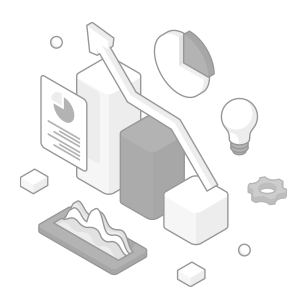
Related Downloads
Related Products
Scroll

